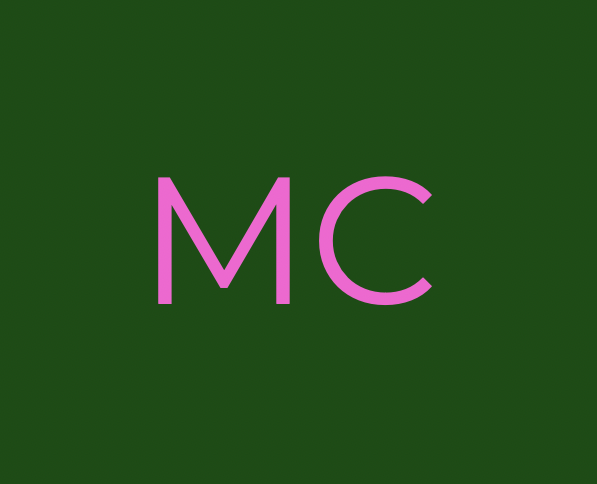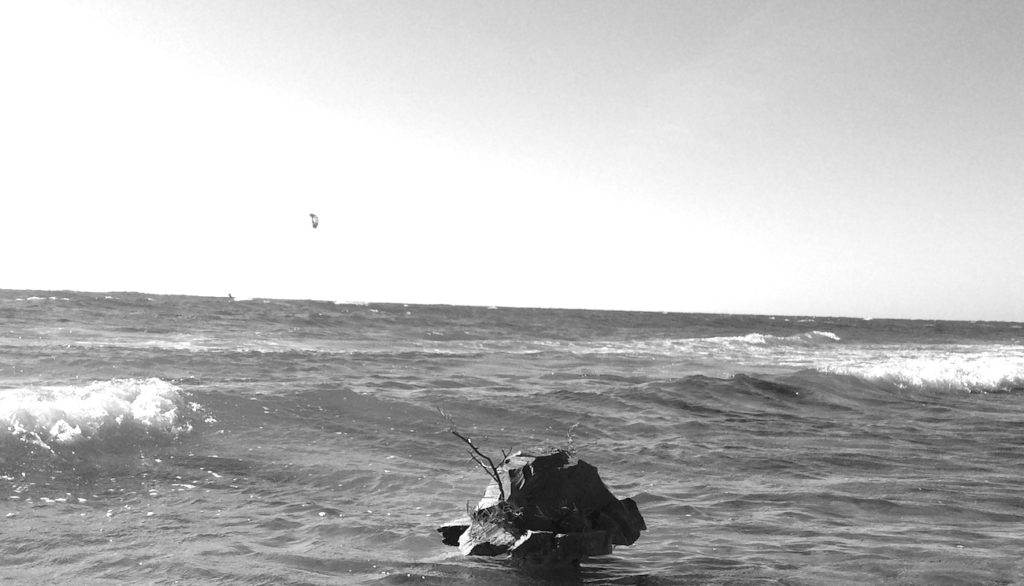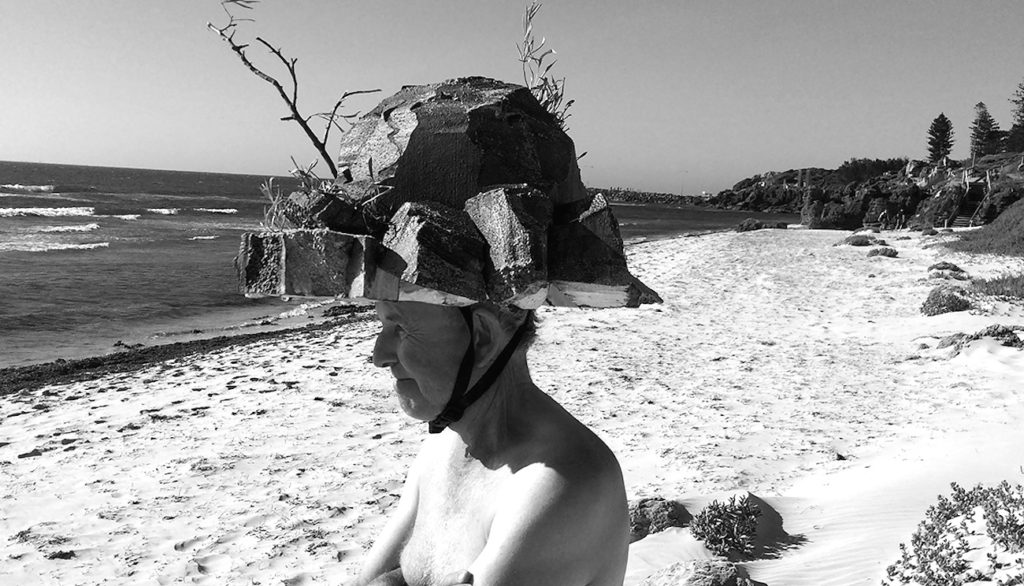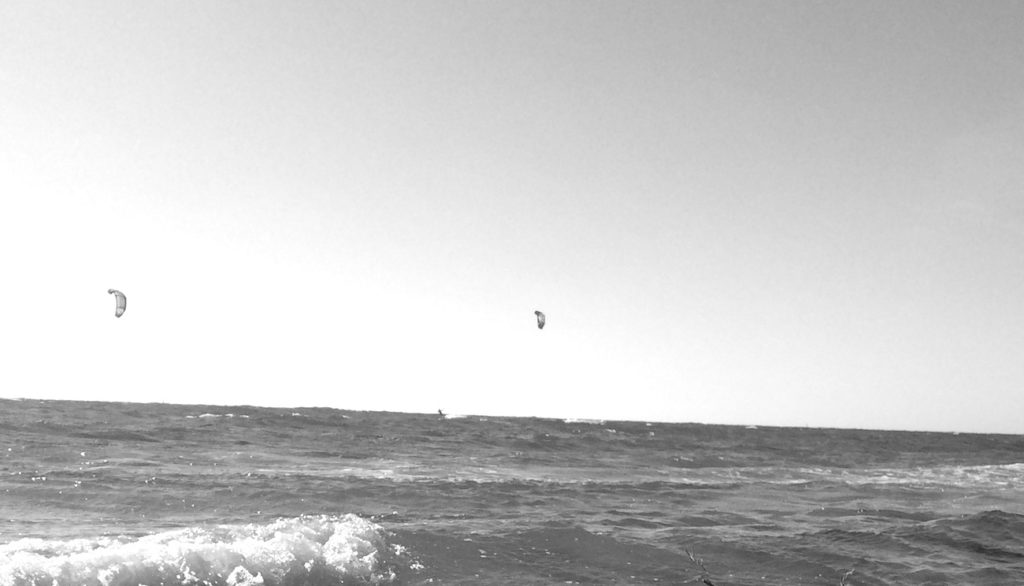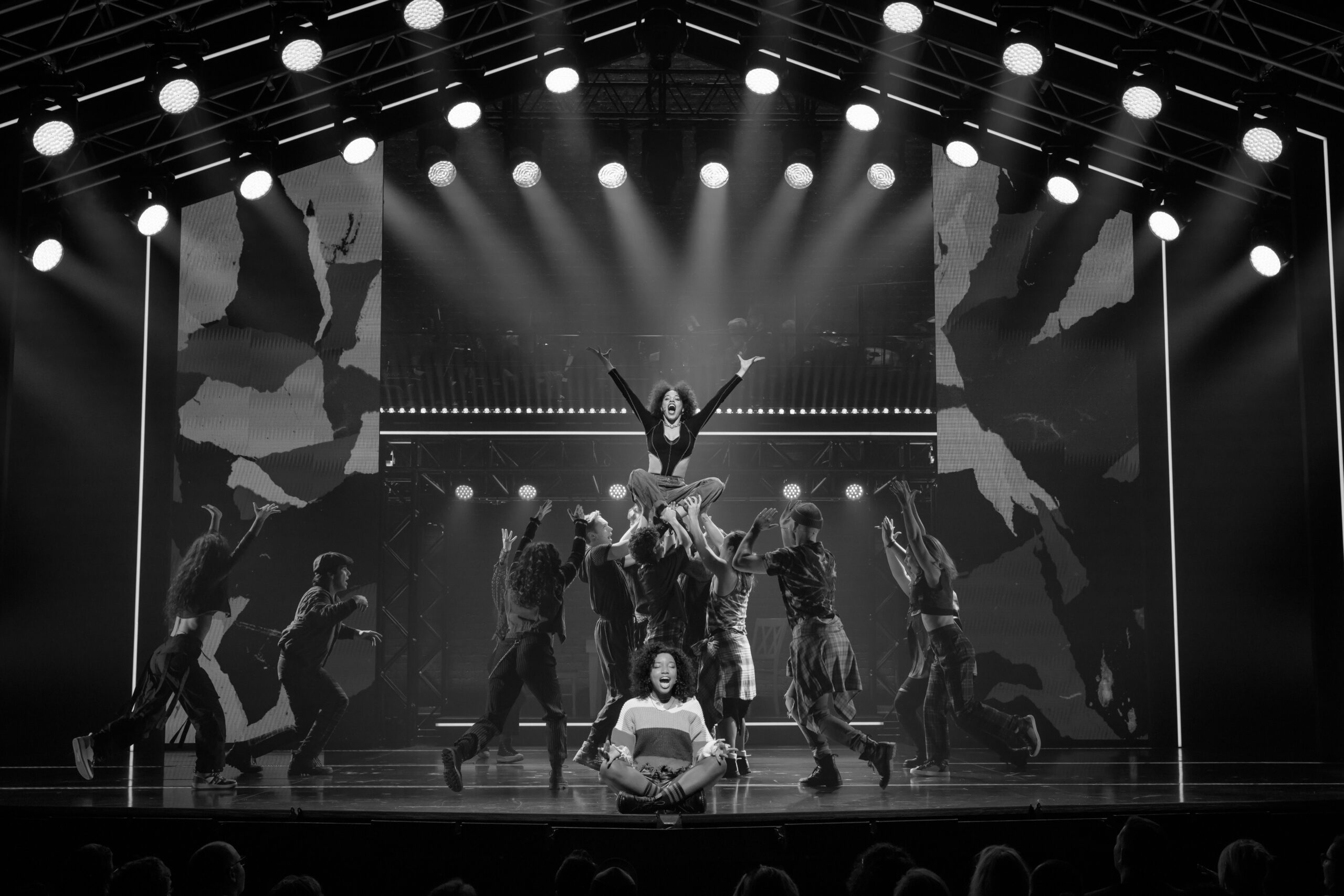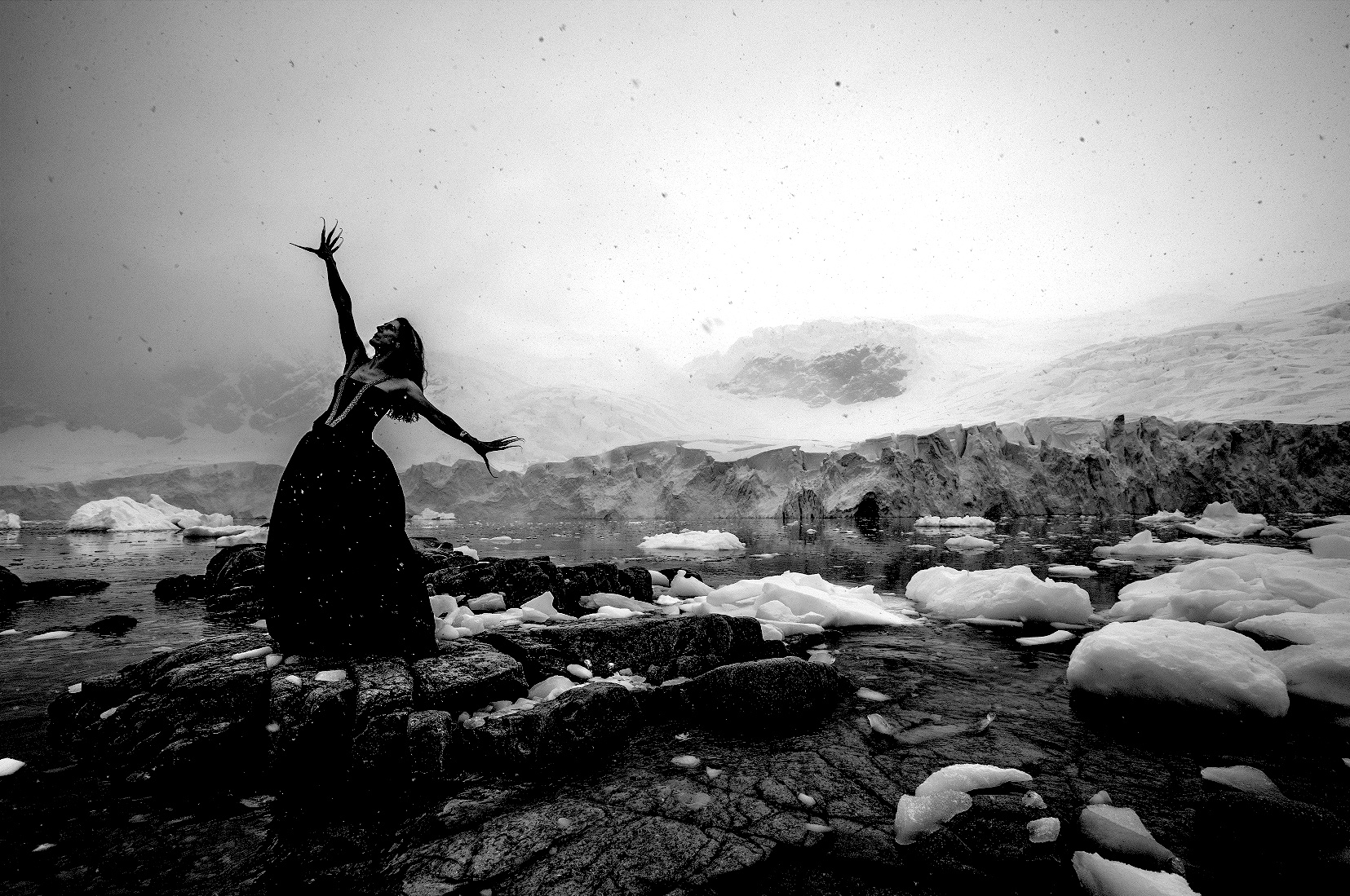LANDING
Tanya, introduce us to your practice and how you respond to the concept of “live art”
I’m a Western Australian artist based in Perth and I work across sculpture, performance and drawing to glean absurd humour form the idiosyncrasies of everyday life.
My work often involves fabricating elaborate costumes to help do so. My performances exist as both, video documentation and, often, as interactive, live art experiences, which construct incongruous, farcical and even futile narratives. I think the audience in Live Art has the potential to shape and dive art work as it unfolds.
Do you feel, in the wake of more recent world events, the serious issue of Refugees and our country’s policy, is at risk of fading out main stream conversation, how can art ensure that it doesn’t?
I was speaking to an older staff member at my work back when I was trying to devise this performance and her sentiment about the current policy of processing asylum seekers off shore has stuck with me a long time. She talked about the concentration camps in Nazi Germany (not comparing their functions or context) but drawing a comparison between what people in Germany understood to be going on at the time. There was public knowledge about the camps and, in a general sense, people understood what was happening, to a certain degree. She said she felt the same way about offshore detention in that the Australian public is aware, to some extent, that there is a violation of human rights going on some place far away but that most people don’t really say or worry too much about it. She said that she fears that in time we will deeply regret this lack of engagement, and wonder why we didn’t ask more questions or do more at the time. Why we allowed ourselves to be distracted by other things.
I think art has the potential to re-contextualise and reinvigorate discussions, reach new audiences and engage people in different ways. It can articulate serious issues simply, and even with beauty and humour sometimes.
How does this work, broach the subject matter, and relate back to the individual the real and fraught realities of those seeking refuge in Australia?
Swimming is used as an ‘in’ to the subject of seeking refuge in Australia, this functions on a few different levels. As a start Swimming is very much a part of our cultural landscape in Australia.
When I was learning to swim as a child my Mum announced that “All Australians need to know how to swim because Australia is an island, and it’s surrounded by water.” I saw swimming as an every day skill, when now I think it has much more to do with privilege, economics and a large amount of leisure time built into my middle class, life style as a child.
It’s also an opportunity for the physical distance of an impossible goal to be understood in a bodily sense for swimmers. And (this?)does make the participants somewhat vulnerable, a situation that sets them up for deeper engagement with elements of the show such as story telling.
If you were to wake up tomorrow and the world was bereft of art, what would be your first response?
To make some more, no matter how small or insignificant! And try and facilitate many others to do the same.
What are your hopes for the future of art and society at large?
I hope our policies change and the mandatory detention of Asylum seekers is never repeated again. I hope people fighting for these changes are listened-to and championed. That real Australians say welcome and that I never wake up to a world bereft of art!
